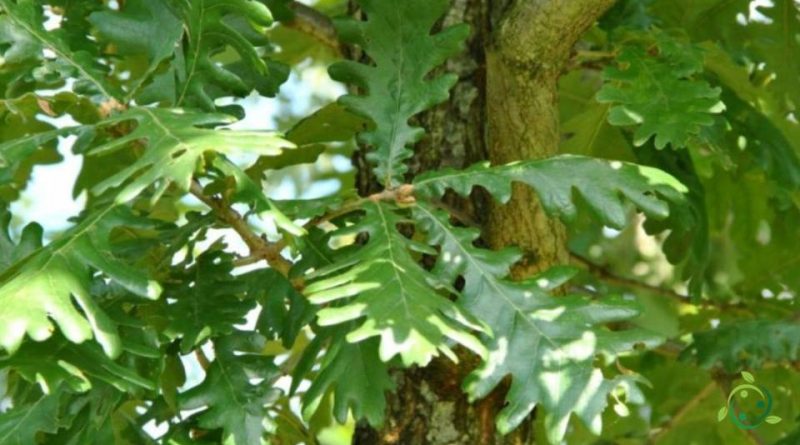How Hungarian oak is grown
How Hungarian oak is grown
The Hungarian oak (Quercus frainetto Ten.) Is an arboreal species of the Fagaceae family, native to south-eastern Europe (central-southern Italy, Greece, Romania, Bulgaria, Turkey).
This plant, in Italy, is widespread in the Circeo park, in the Gargano and in Calabria. We also find it sporadically in the Tuscan Maremma, Lazio and Umbria.
It grows in an altitude range that goes from sea level up to 1200 meters and grows mainly in association with the Turkey oak.
Its reproductive structures are unisexual flowers; with the male ones gathered in 4-5 cm long catkins, slightly pubescent and the female ones in very pubescent spikes. The acorns are brownish-yellow when ripe and half-hooded by the dome which has tomentose scales.
Cultivation –
Hungarian oak is a plant that has no particular soil requirements (but does not tolerate calcareous ones) but suffers from cold climates with frequent frosts and therefore is suitable for areas of central-southern Italy.
In Italy it is in fact present from 0 up to 1300 m above sea level, in lowland and hill woods, with a temperate climate, with a preference for fertile and deep acid or sub acid soils.
This species grows in the area between Lauretum and Castanetum, together with Cerro and Roverella, sometimes in beech woods.
However, even if it is a plant with excellent growth speed (second only to the chestnut if governed by coppice), in Italy it has problems of renewal as, in its ecological niche, it is affected by competition.
The planting of Quercus frainetto must be carried out, subject to the pedoclimatic indications seen above, it takes place by seed, with the acorns that germinate immediately and have already formed the taproot before winter.
For transplantation, as happens for all species with taproot root system, it is necessary to provide as soon as possible in spring, avoiding late transplants.
Uses –
The Hungarian oak is a majestic plant of great ornamental value; for this reason it is used in parks, road trees, large gardens.
It is also an important forest species that is governed by coppice for the production of firewood. Wood was once also used for railway sleepers and today for furniture and shipbuilding.

